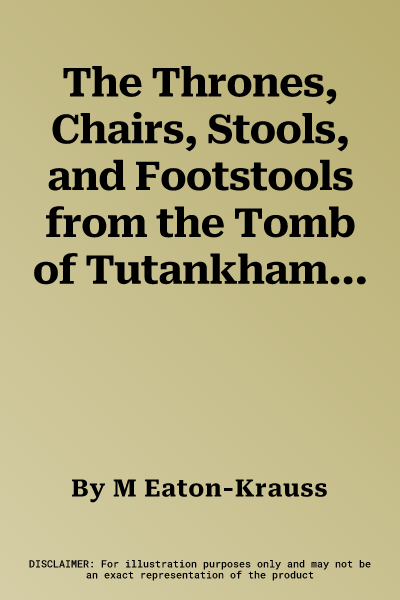M Eaton-Krauss
(Author)The Thrones, Chairs, Stools, and Footstools from the Tomb of TutankhamunHardcover, 31 December 2008

Qty
1
Turbo
Ships in 2 - 3 days
Only 5 left
Free Delivery
Cash on Delivery
15 Days
Free Returns
Secure Checkout

Print Length
224 pages
Language
English
Publisher
Griffith Institute
Date Published
31 Dec 2008
ISBN-10
0900416890
ISBN-13
9780900416897
Description
Product Details
Author:
Book Format:
Hardcover
Date Published:
31 December 2008
Dimensions:
29.72 x
21.08 x
2.03 cm
ISBN-10:
0900416890
ISBN-13:
9780900416897
Language:
English
Location:
Oxford
Pages:
224
Publisher:
Weight:
1079.55 gm